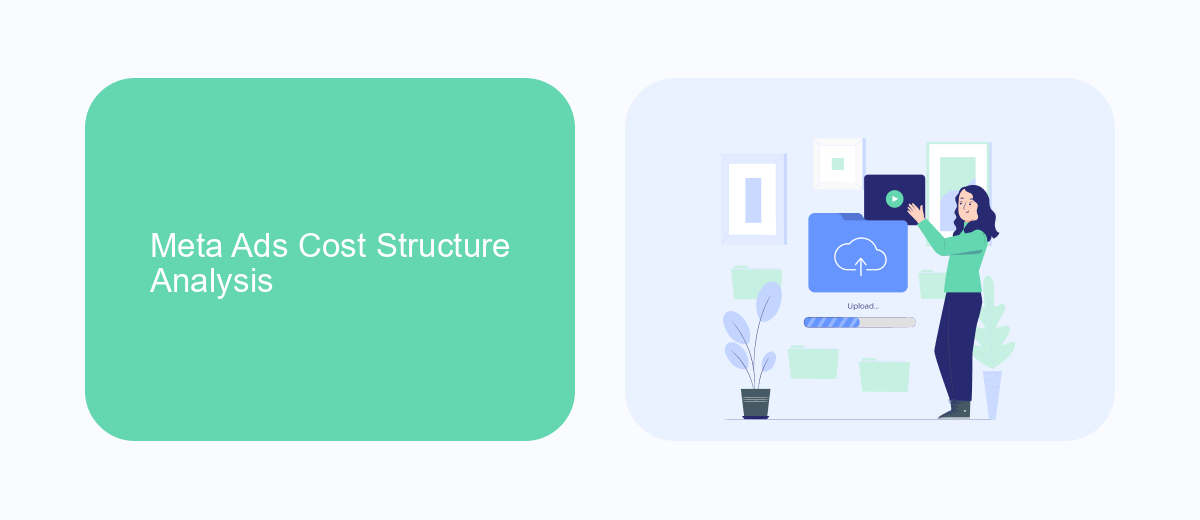Return on Ad Spend (ROAS) is a critical metric for evaluating the effectiveness of Meta Ads campaigns. By understanding ROAS, businesses can gauge the revenue generated from their advertising investments and make data-driven decisions to optimize their marketing strategies. This article delves into the importance of ROAS in Meta Ads, offering insights and tips to maximize your advertising returns.
ROAS Meta Ads KPI Definition
Return on Advertising Spend (ROAS) is a critical Key Performance Indicator (KPI) for evaluating the effectiveness of Meta Ads. It measures the revenue generated for every dollar spent on advertising. A higher ROAS indicates that a campaign is more effective in generating revenue relative to its cost.
- Revenue: The total income generated from the campaign.
- Ad Spend: The total cost incurred for running the ads.
- ROAS Calculation: ROAS = Revenue / Ad Spend.
- Target ROAS: The benchmark ROAS set to evaluate campaign success.
Understanding and monitoring ROAS helps marketers optimize their ad spend and improve campaign performance. By focusing on this KPI, businesses can make data-driven decisions to enhance their advertising strategies and maximize returns.
Meta Ads Cost Structure Analysis

Understanding the cost structure of Meta Ads is crucial for optimizing your advertising budget and maximizing your return on ad spend (ROAS). Meta Ads costs can be broken down into several key components: bid amount, ad quality, and audience targeting. The bid amount is what you are willing to pay for each click or impression, while ad quality is determined by factors such as relevance and engagement. Audience targeting allows you to reach specific demographics, which can significantly impact your overall costs. By fine-tuning these elements, you can achieve a more efficient ad spend and better ROAS.
To streamline the process of managing and optimizing your Meta Ads, consider leveraging tools and services like SaveMyLeads. This service automates the integration of various marketing platforms, allowing you to seamlessly transfer lead data from Meta Ads to your CRM or email marketing software. By automating these tasks, SaveMyLeads helps reduce manual efforts and ensures that your ad spend is effectively converted into actionable leads, thereby enhancing your overall marketing efficiency and ROAS.
ROAS Meta Ads Optimization Techniques

Optimizing Return on Ad Spend (ROAS) for Meta Ads requires a strategic approach to maximize the effectiveness of your advertising budget. By implementing specific techniques, you can enhance your ad performance and achieve better returns. Below are some key optimization strategies to consider:
- Target Audience Refinement: Use detailed targeting options to reach the most relevant audience segments.
- Ad Creative Testing: Continuously test different ad creatives to identify what resonates best with your audience.
- Budget Allocation: Allocate your budget to high-performing ads and campaigns to maximize returns.
- Conversion Tracking: Implement robust conversion tracking to measure the effectiveness of your ads accurately.
- Bid Strategy Optimization: Adjust your bid strategies to ensure you are getting the best possible value for your ad spend.
By focusing on these optimization techniques, you can significantly improve your ROAS for Meta Ads. Regularly monitor and adjust your strategies based on performance data to ensure sustained success and higher profitability from your advertising efforts.
ROAS Meta Ads Measurement and Tracking

Measuring and tracking Return on Advertising Spend (ROAS) in Meta Ads is crucial for understanding the effectiveness of your advertising campaigns. ROAS helps advertisers determine the revenue generated for every dollar spent on advertising, providing valuable insights into which campaigns are performing well and which need optimization.
To accurately measure ROAS in Meta Ads, it is essential to set up proper tracking mechanisms. This involves integrating Meta Pixel on your website to track conversions and using UTM parameters to monitor traffic sources. Additionally, leveraging Meta's Ads Manager can help you gain a comprehensive view of your campaign performance.
- Implement Meta Pixel on all key pages of your website.
- Use UTM parameters to track specific campaigns and traffic sources.
- Regularly monitor and analyze data in Meta's Ads Manager.
- Adjust your campaigns based on ROAS insights to improve performance.
By following these steps, you can ensure that your ROAS measurement and tracking are accurate and reliable. This will enable you to make data-driven decisions, optimize your ad spend, and ultimately improve the profitability of your Meta Ads campaigns.


ROAS Meta Ads vs. Other KPIs
When comparing ROAS (Return on Ad Spend) in Meta Ads to other key performance indicators (KPIs), it’s essential to understand their unique roles in evaluating campaign success. ROAS specifically measures the revenue generated for every dollar spent on advertising, providing a direct assessment of the financial efficiency of ad campaigns. In contrast, KPIs like CTR (Click-Through Rate) and CPA (Cost Per Acquisition) offer insights into user engagement and cost-effectiveness but do not directly link ad spend to revenue.
Integrating ROAS with other KPIs can offer a more holistic view of your advertising performance. For instance, while a high CTR indicates good engagement, it doesn’t guarantee profitability, which is where ROAS becomes crucial. To streamline the integration of these metrics, services like SaveMyLeads can automate data collection and reporting, ensuring you have real-time insights into both revenue and engagement metrics. This comprehensive approach allows marketers to make more informed decisions and optimize their ad strategies effectively.
FAQ
What is ROAS in Meta Ads?
How can I improve my ROAS in Meta Ads?
What metrics should I monitor to track ROAS effectively?
How can automation tools help in managing ROAS for Meta Ads?
Is there a way to integrate ROAS tracking with my CRM system?
Use the SaveMyLeads service to improve the speed and quality of your Facebook lead processing. You do not need to regularly check the advertising account and download the CSV file. Get leads quickly and in a convenient format. Using the SML online connector, you can set up automatic transfer of leads from Facebook to various services: CRM systems, instant messengers, task managers, email services, etc. Automate the data transfer process, save time and improve customer service.
